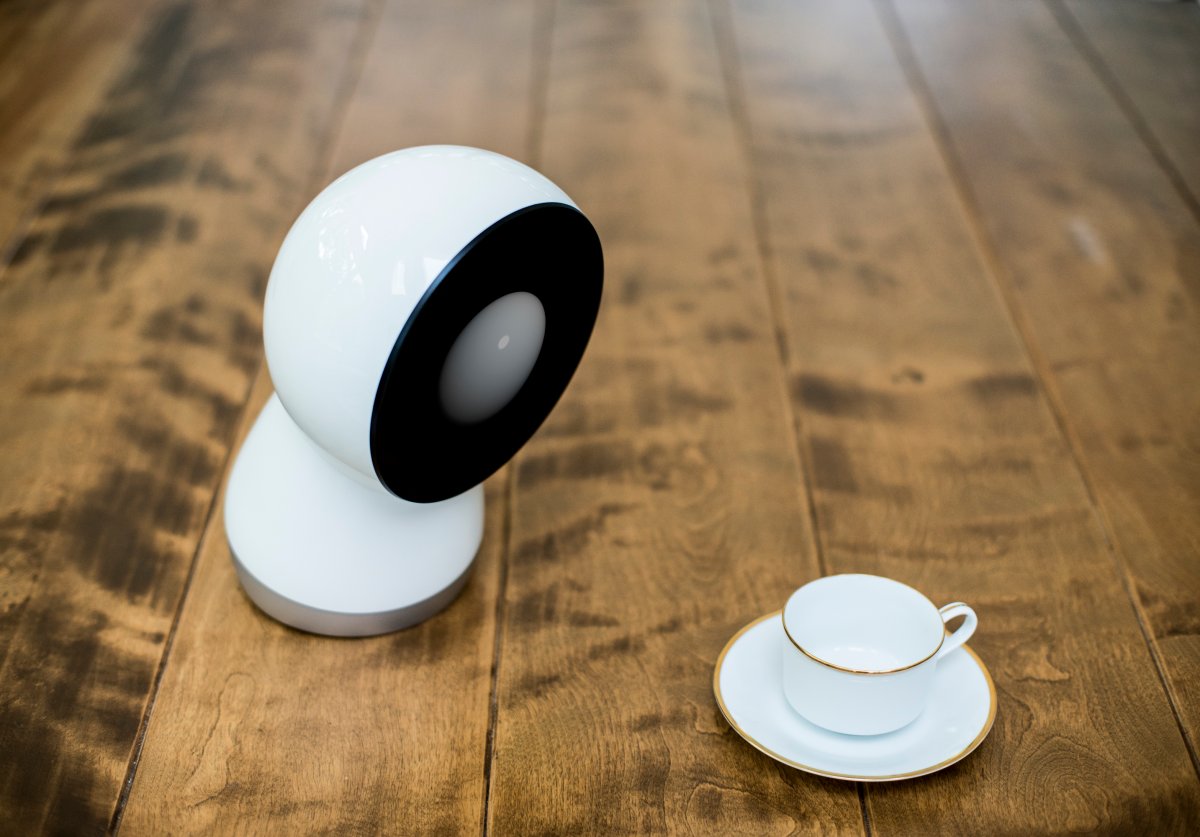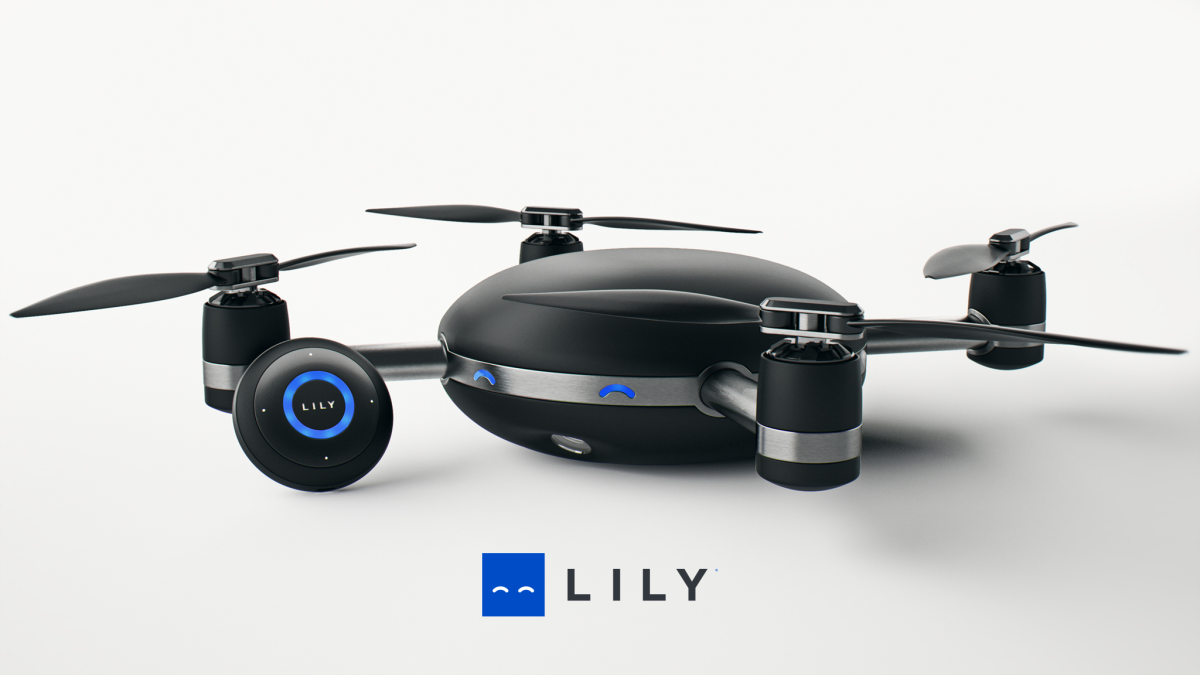Two of the most anticipated tech releases are Google’s autonomous car, and Oculus Rift’s virtual reality gear, both set to be released at (minimum) 2017 and 2016 respectively.

But there are other technology projects being released even sooner that may have you interested. Here are some of the most highly anticipated ones, set to be released in the next year.
1. The world’s first throw-and-shoot camera
Henry Bradlow, the CTO and co-founder of Lily Robotics launched a public demonstration on May 12, presenting to his audience the world’s first throw-and-shoot camera, a device capable of taking flight and recording video from over 50 feet in the air. He named named it Lily.
The Lily Cam uses visual tracking and GPS emitting from a wearable wristband that makes the device aware of your location, distance and your speed in order to maintain the camera shot for both photography at 12-megapixels, or video at 1080p with 60 frames/second.
The sealed body enables flight in rain, snow and can even be completely submerged. What might allow this device to stand out among other technologies is its autonomous flight pattern. Users toss it into the sky and Lily handles the rest, including following you at 25 mph.
The Lily Camera also has an app that allows you to program unique flight patterns to capture precise shots. It is set to begin shipping this February and will be priced at $999, however the company is offering discounted pre-orders for $499 until June 15.
2. JIBO, the worlds first family robot
From the C-3PO of Star Wars to Rosie the robotic maid of the The Jetsons, the aspiration of someday owning a mechanical helper could be an ambition for some. That wait might be over with the the release of JIBO; advertised as the world’s first family robot.
After raising $25 million through a series of Indiegogo campaigns during the summer of 2014, Dr. Cynthia Breazeal and a team of designers created what they call a ‘social’ robot. JIBO can reportedly track faces through recognition software, learn through artificial intelligence to adapt to your lifestyle, take photos and provide hands-free messaging.
At approximately a foot tall, JIBO can assist with messaging and keep users up to date on scheduled events.
The device is also set to launch for market in early 2016 at $400. Plans for the device’s growth include software updates enabling multiple languages and expansion packs for more expressions and capabilities.
3. Project Ara, a customizable mobile phone
Due to devices having a variety of charger sizes and the endless changes which quickly make devices obsolete, it should come as no surprise that Google, Toshiba, Foxconn and other electronic companies are working toward a possible solution.
Project Ara, to be launched in 2015, allows mobile phone users to essentially ‘build their own phone’ from a variety of parts, allowing them to mix and match their device to a customization that suits them best.

The phone starts with a standard rectangular shape (called the Endoskeleton), with subdivisions that allow connections between smaller bricks built in the device’s specifications (ie. a memory brick which would allow you to choose how much memory you want in your phone).
This also allows for the development of medical tools like a heart rate monitor, PC quality graphics cards and even gaming accessories.
Project Ara’s interchangeable structure means that there will theoretically be no need to upgrade to a new phone, users can simply choose new chips and add them to their existing phone, cutting the cost of manufacturing.




Comments